10 Movies Worth Watching in 4K UHD
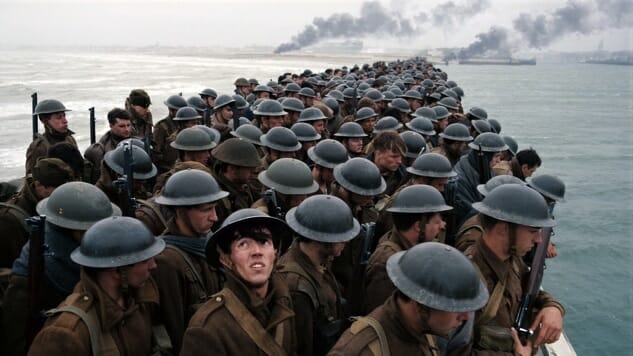
If you’re about to get your first 4K UHD TV on Black Friday, you’re going to want to kick it off with something special. Sure, Netflix has some good options with nature docs like Ocean Wonders and Chasing Coral or original series like Stranger Things. But you want to bring the cinema straight into your living room. We’ve picked out 10 movies that will make those 8.3 million pixels jump right off the screen.
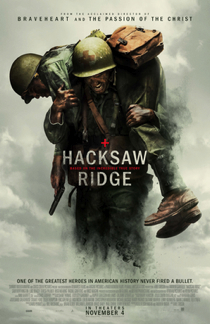 10. Hacksaw Ridge
10. Hacksaw Ridge
Year: 2016
Director: Mel Gibson
“There’s little reason to doubt that Gibson and screenwriters Robert Schenkkan and Andrew Knight respect Doss’ thou-shalt-not-kill position. One key line finds Captain Oliver (Sam Worthington) explaining to Doss that while his compatriots don’t believe what he believes, they respect him for it. There’s enough to figuring out the nature of that belief that it warrants a deeper exploration. We know fear of punishment isn’t guiding Doss. And it’s unlikely that he believes in the relativity of his approach. But we wonder to what extent his refusal to kill is rooted in the fear of living with guilt or if it’s simply a matter of believing that it’s immoral by God’s will. If it’s the latter, it’s tough to reconcile his position with his willingness to fight alongside those who are taking lives.”—Anthony Salveggi
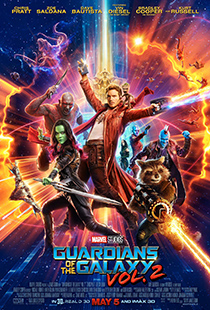 9. Guardians of the Galaxy Vol. 2
9. Guardians of the Galaxy Vol. 2
Year: 2017
Director: James Gunn
In Guardians of the Galaxy Vol. 2, James Gunn shows that “second verse, mostly same as the first” can serve the viewer (and, inevitably, the box office) well, especially when one has most of the Marvel universe to pull from. To a large extent, GotG Vol. 2 follows the playbook from the first film, though now, with the entire cast familiar faces to the audience, Gunn skips introductions and goes right to the funny. In this case, that means an opening credits sequence featuring the entire team and what amounts to a highlight reel of character traits meant to amuse: rapid banter from Star-Lord (Chris Pratt) and Rocket Raccoon (Bradley Cooper), humorous ’roid-rage from Drax (Dave Bautista), quiet bad-assitude from Gamora (Zoe Saldana) and an extended cute-Groot frolic. During this sequence and throughout the movie, the comic elements of this particular space opera feel as if they have been ratcheted up. But though he doesn’t seem to want the audience to have too much time between laughs, Gunn also seems determined to match the increased comic volume with more heart. The audience is unlikely to feel they’ve seen anything that different from Vol. 1, but it’s clear that Gunn and company knew exactly what qualities made the first film so enjoyable, and what they needed to do to make sure this particular sequel was worth the wait. —Michael Burgin / Full Review
 8. Wonder Woman
8. Wonder Woman
Year: 2017
Director: Patty Jenkins
Considering that the character of Wonder Woman was the only one in Batman v Superman who didn’t want to yank your eyeballs out of your head with a spork, it perhaps shouldn’t be a surprise that Wonder Woman is lightyears better than anything else the newfangled DC cinematic universe has produced. It’s not quieter necessarily, but it is more measured, more comfortable in its own skin, less fanboy desperate to keep waving keys in front of your face—exploding keys—to make sure it has the full attention of all your assaulted senses. It feels almost old-fashioned in its themes of the goodness of humanity—and the debate alien outsiders have about whether or not humans are worthy of redemption—and the selflessness of one for a greater good. It still has too many skyscraper-sized god-monsters blowing up whole acres in hackneyed super slo-mo, and it doesn’t have much you haven’t seen before, but that it simply tells one story in linear order with logical progression…man, when it comes to these movies, it almost feels like a miracle. —Will Leitch / Full Review
-

-

-

-

-

-

-

-

-

-

-

-

-

-

-

-

-

-

-

-

-

-

-

-

-

-

-

-

-

-

-

-

-

-

-

-

-

-

-

-

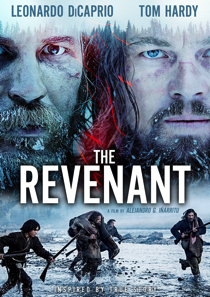 7.
7.  6.
6.  5.
5. 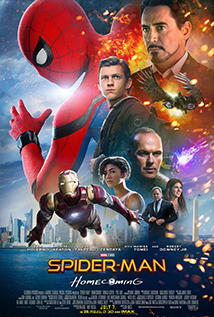 4.
4.  3.
3.  2.
2.  1.
1. 






































